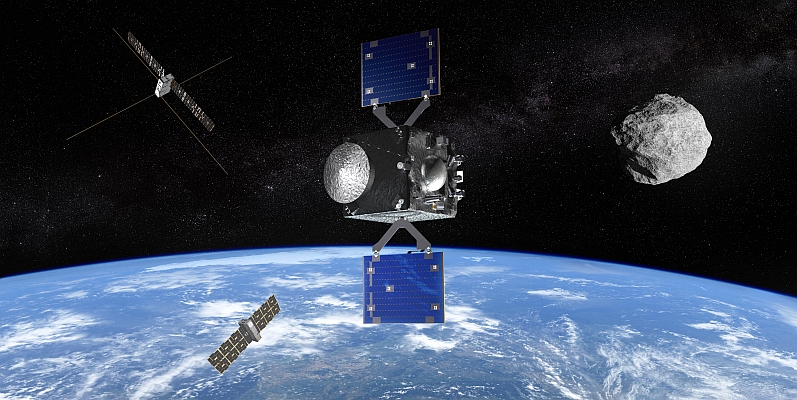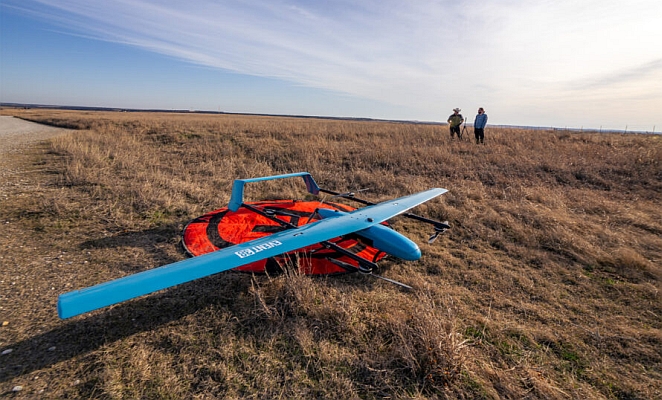Chip maker Maxim Integrated Products recently took the wraps off its MAX2769, what it says is the industry’s first universal, single-chip GNSS receiver for GPS (L1 C/A code and P-code), Galileo, and Glonass navigation satellite systems.
In addition to a complete receiver chain and dual-input low-noise amplifier (LNA), the MAX2769 incorporates a mixer, image-rejected filter, VGA, VCO, fractional-N frequency synthesizer, crystal oscillator, and multibit ADC. Through this high level of integration, the MAX2769 eliminates the need for an external LNA in passive antenna applications and also the need for external IF SAW filters, the company says. Consequently, it requires only a few external components to form a complete GPS receiver that achieves a total cascaded NF as low as 1.4dB, according to Maxim.
An integrated delta-sigma fractional-N frequency synthesizer enables IF-programming with plus or minus 40Hz accuracy while operating with any reference or crystal frequency that is available in the host system, the company says. The integrated ADC outputs one or two quantized bits for both I and Q channels or three quantized bits for the I channel. Output data is available either at CMOS or at limited-differential logic levels.
The MAX2769 is designed to work with most GPS baseband processors on the market. It is ideal for a wide range of applications including automotive navigation, asset tracking, cellular handsets, PNDs, digital cameras, laptops, and ultra-mobile personal computers (UMPCs), according to Maxim.
The device is specified for operation over a minus 40 degrees Celsius to 85 degrees Celsius temperature range. This receiver is packaged in a 5mm by 5mm, 28-pin TQFN package with an exposed paddle; a tested die version is also available. Prices start at $2.95 in lots of 1,000 or more.
Source: GPS World






